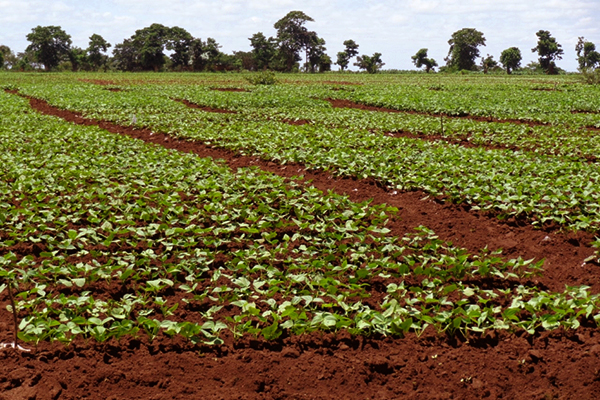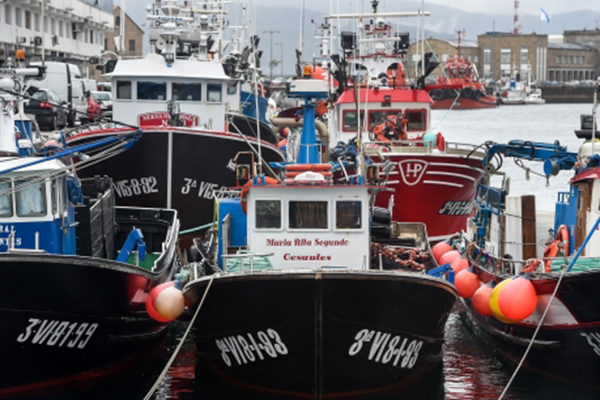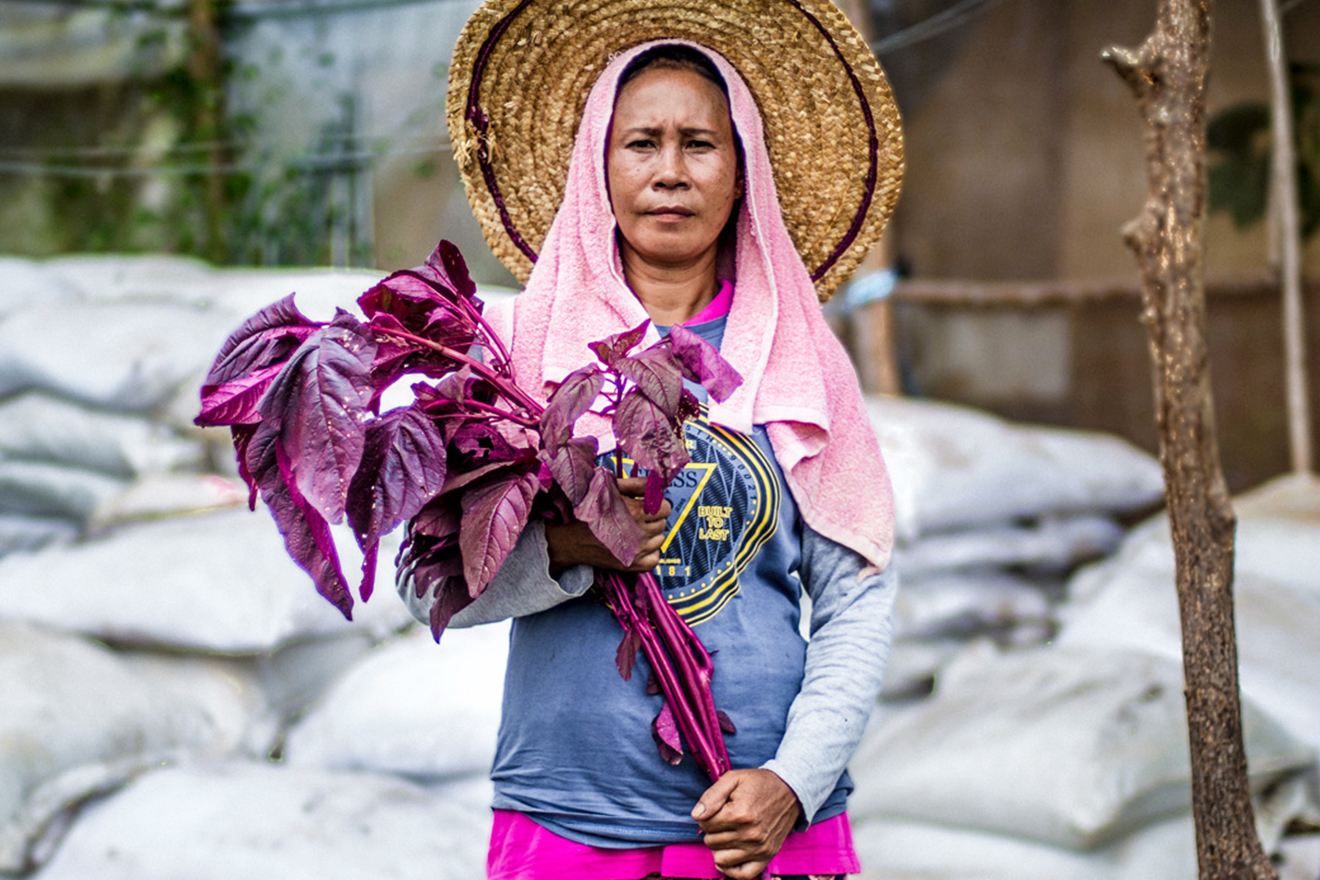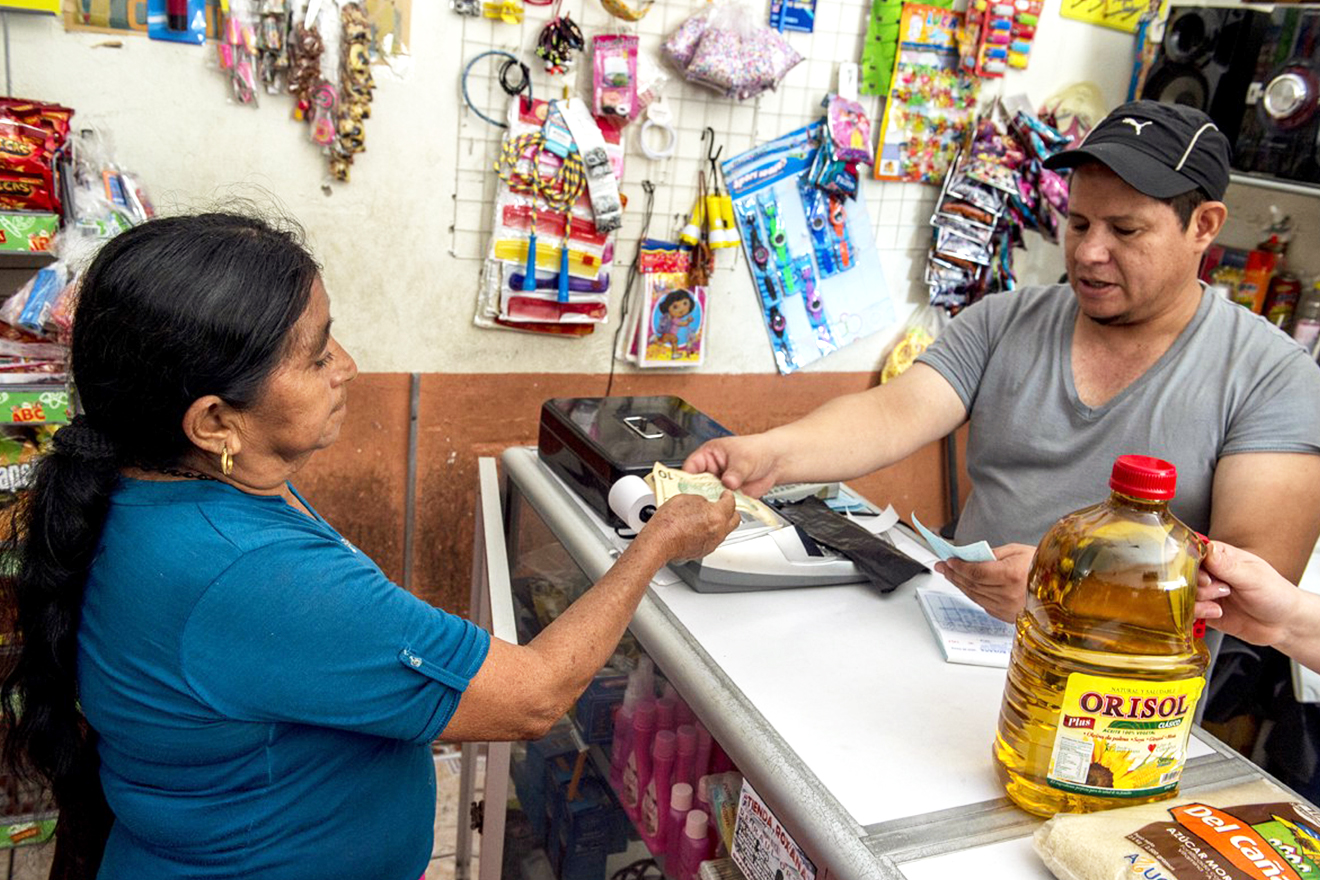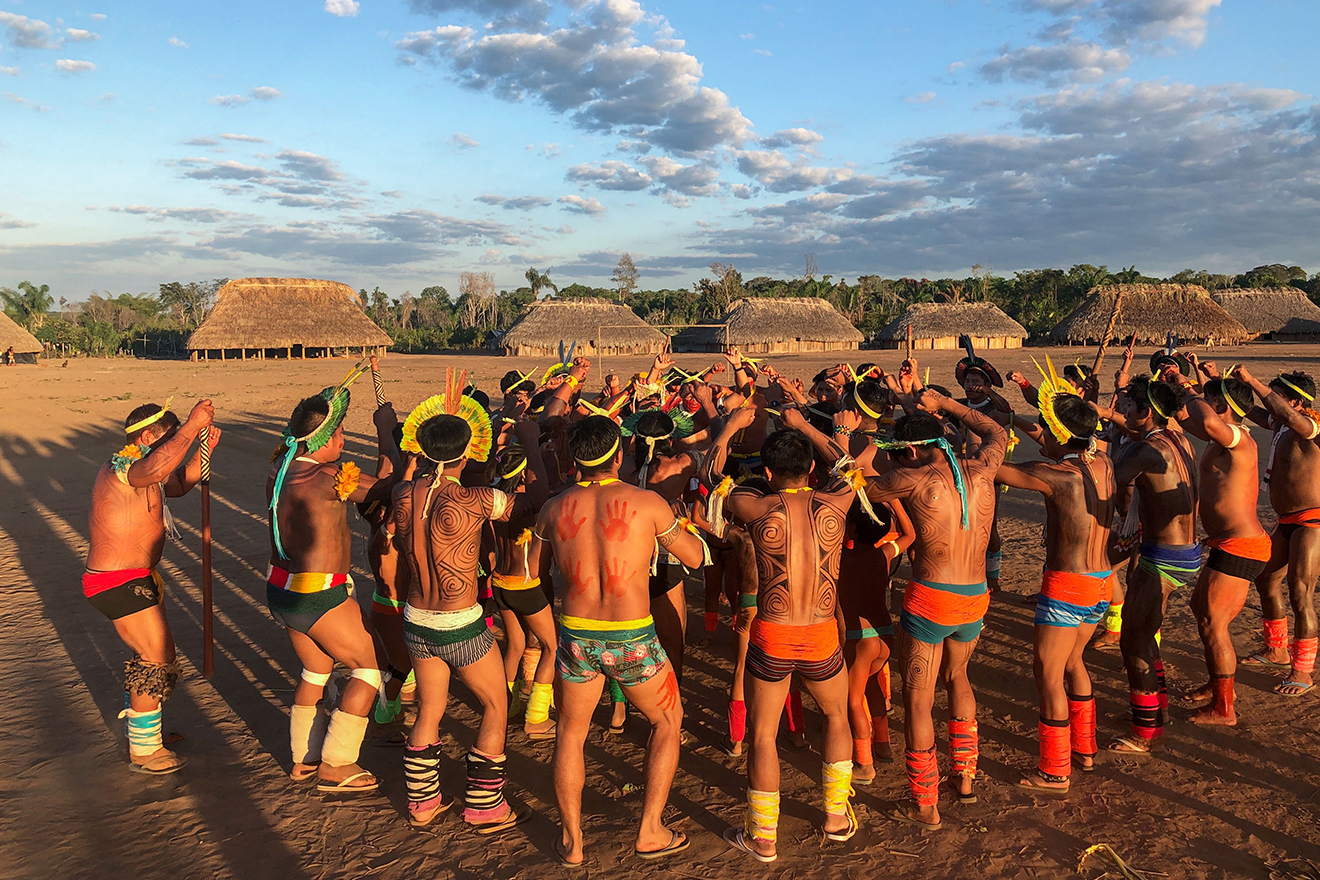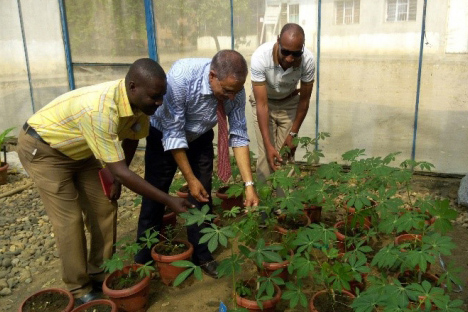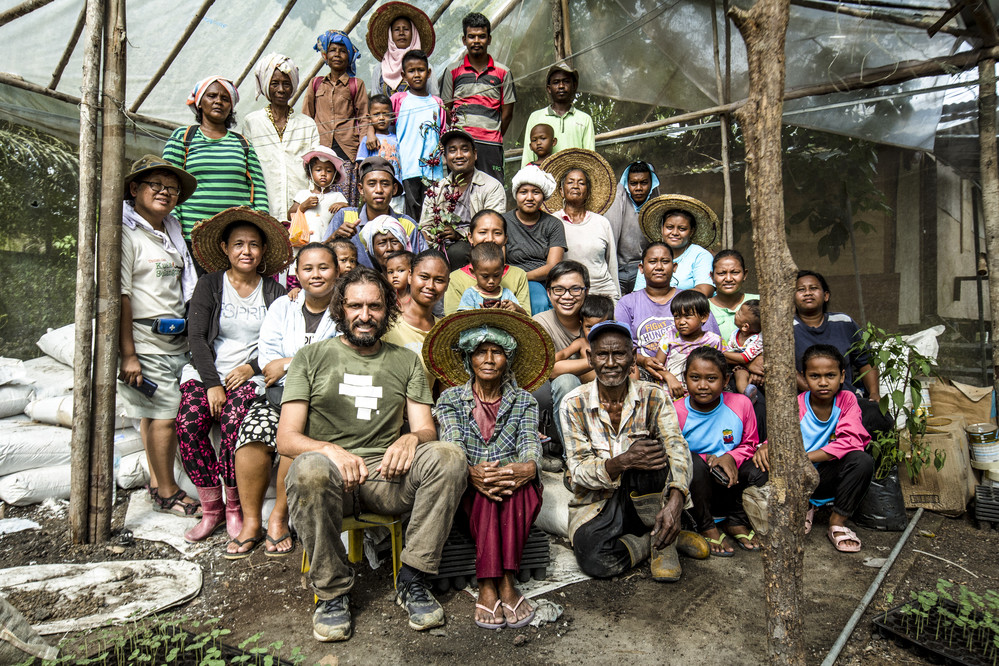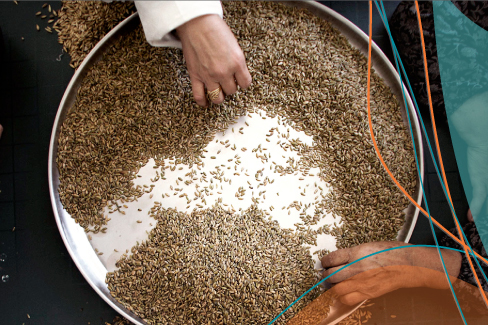Population increases, higher food demand, and changing land use degrade around 33 percent of global soils. FAO looks for innovative solutions to ensure we can protect them.
Agriculture and Food
Even before the COVID-19 pandemic began to affect food systems and agricultural livelihoods, 13 million people were already facing acute food insecurity.
As the COVID-19 pandemic turns into a global crisis, countries are taking measures to contain the pandemic. Supermarket shelves remain stocked for now.
Spain is the country in Europe that consumes the largest amounts of fish and seafood. It is no small feat for Europe’s biggest fishing port in Vigo, Spain to remain operational.
A FAO pilot project was launched in the Jalal-Abad region of Kyrgyzstan in 2017 with the aim of boosting not only livelihoods and income but also diets and nutrition.
Don’t Allow the Coronavirus to Open Up Another Front
How to Minimize the Impact of Coronavirus on Food Security
East Africa is a region beset by climate- and conflict-related shocks. Millions of people are already acutely food insecure. Now they face another major hunger threat in the form of desert locusts. The locust upsurge affecting East Africa is a graphic and shocking reminder of this region's vulnerability. This is a scourge of biblical proportions. Yet as ancient as this scourge is, its scale today is unprecedented in modern times. On 20 January, FAO called for $76 million to help combat this pest crisis. But the resources to control the outbreak have been too slow in coming. Since its first appeal to help what was then three affected countries, the locust swarms have moved rapidly across vast distances and the full extent of their massive scale has become clear.
When Burundian cassava farmers split open the plant’s starchy root, they’re hoping to find white flesh that resembles coconut meat. If instead the inside is marked with brown patches, it’s likely suffering from cassava brown streak disease (CBSD) — bad news for the farmer, who can no longer eat or sell the produce, and whose entire harvest may be at risk of loss due to the disease. Cassava, a carbohydrate-rich root vegetable, is the second most important staple crop in Burundi. Low cassava yields can exacerbate the country’s food insecurity, from which half of the population already suffers. IAEA experts trained Burundian scientists in plant breeding techniques, using induced mutation and tissue culture techniques to develop a new cassava variety.
Cacao – the key ingredient in chocolate, and a major cash crop – is making a comeback in Sao Tome and Principe, thanks to IFAD’s assistance, tripling Sao Tome and Principe’s exports in comparison to just 12 years before.
Small family farms make up 85 per cent of all farms worldwide, and smallholder farmers make up the majority of the world’s rural poor. To mitigate the challenges that come with working in isolation − and to increase profitability and productivity − these smallholders often form organizations. Working together makes it easier for small-scale farmers to access raw materials, reach larger markets and reduce costs. And when farmers thrive, other players in the food system benefit, too.
This platform provides access to a database of FAO and non-FAO resources related to urban food policies and programmes in: governance and planning, sustainable diets and nutrition, social and economic equity, food production and ecosystem management, food supply and distribution, food loss and waste.
Today we stand at a critical juncture – historic progress in reducing hunger has stalled, poverty remains stubbornly entrenched in some areas, and inequality is rising, while climate change is an existential threat to our food systems. IFAD invests in the millions of rural people, who are most at risk of being left behind: poor small-scale producers, women, young people, indigenous peoples and other vulnerable groups living in rural areas. During the period of its 12th Replenishment (2022-2024), IFAD is seeking to dramatically increase its impact to accelerate progress towards achieving the 2030 Agenda.
How blockchain has transformed the lives of Ecuadorean cocoa farmers

